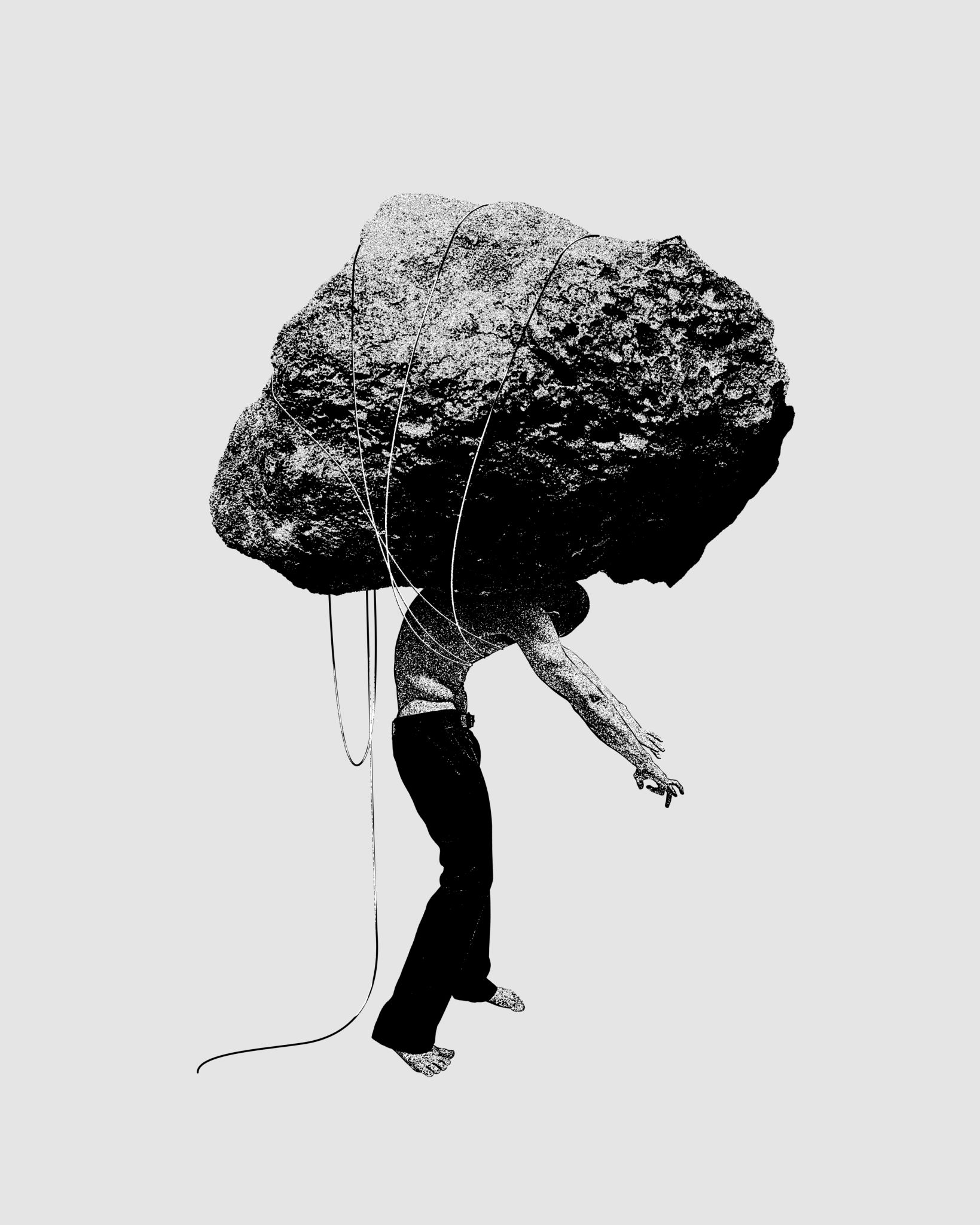How Photography and Counselling Intersect: Healing Through the Lens
Exploring the Connection Between Photography and Counselling
In recent years, the intersection of photography and counselling has emerged as a powerful tool for emotional healing and self-discovery. Both disciplines, while distinct in practice, share a common goal: to reveal truths and foster understanding. The integration of these fields offers individuals a unique avenue to explore their emotions and experiences.
Photography's ability to capture moments in time aligns seamlessly with the therapeutic goals of counselling, which seeks to unravel and make sense of past experiences. Through the lens, individuals can create visual narratives that reflect their inner world, providing a tangible representation of what might otherwise be difficult to articulate.

The Healing Power of Visual Storytelling
Visual storytelling through photography allows people to express emotions that words alone may fail to convey. This creative process can be particularly beneficial in counselling settings, where clients are encouraged to explore their feelings and experiences in new ways. By capturing images that resonate with their personal journeys, individuals can gain insightful perspectives on their emotional landscapes.
Photographers often talk about the concept of "seeing with new eyes," which in a therapeutic context, can translate to viewing one's life from a different angle. This shift in perception is instrumental in fostering acceptance and understanding, essential components in the healing process.

Practical Applications in Therapy
Incorporating photography into counselling doesn’t require individuals to be professional photographers. The act of taking photos itself can be healing. Therapists may introduce photo projects as part of treatment plans, encouraging clients to document their daily lives or focus on specific themes such as joy, fear, or resilience.
Moreover, reviewing and discussing these photographs in therapy sessions can help uncover underlying emotions and thoughts. This reflective practice allows clients to process their experiences deeply and often leads to breakthroughs that might not have been achieved through conversation alone.

Benefits of Photography-Based Therapy
- Enhanced Self-Expression: Photography offers an alternative form of communication for those who find verbal expression challenging.
- Increased Mindfulness: The process of taking photos encourages individuals to slow down and notice the details around them, fostering a mindful state.
- Empowerment: Creating art through photography can boost self-esteem and provide a sense of control over one's narrative.
These benefits underscore the potential of photography as a therapeutic medium, providing clients with tools to better understand and articulate their feelings.
The Future of Photography in Counselling
As more mental health professionals recognize the value of creative therapies, photography is likely to play an increasingly significant role in treatment plans. Workshops and training programs dedicated to integrating photography into counselling practices are becoming more widespread, equipping therapists with innovative methods to support their clients.
The future holds promise for further exploration of how technology can enhance this intersection. Digital platforms may offer new ways for clients to share their photographic journeys with therapists, enhancing the therapeutic experience.
Ultimately, the fusion of photography and counselling represents a dynamic frontier in mental health care, offering profound possibilities for healing through the lens.
